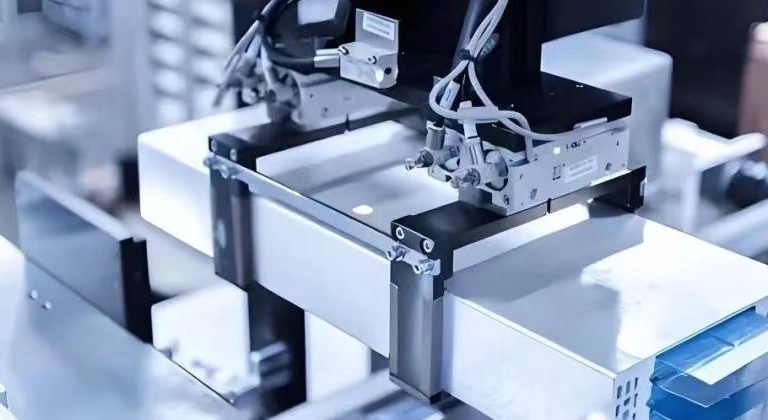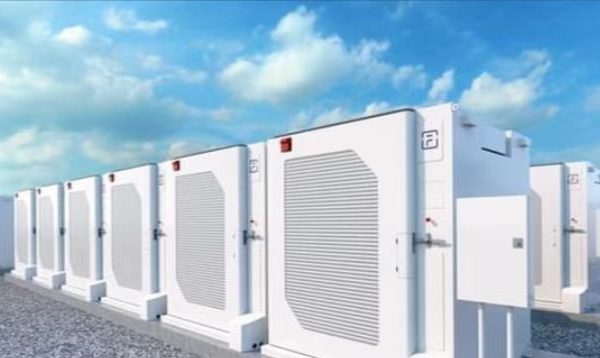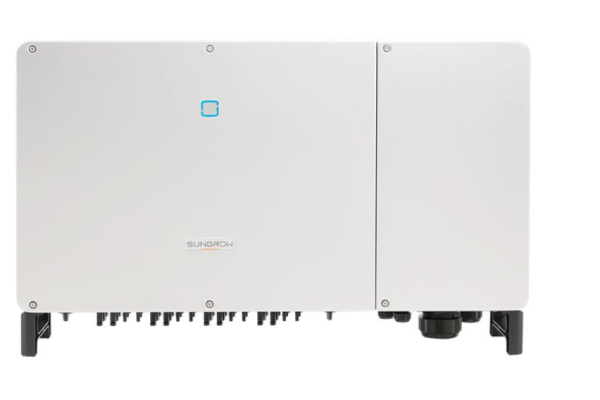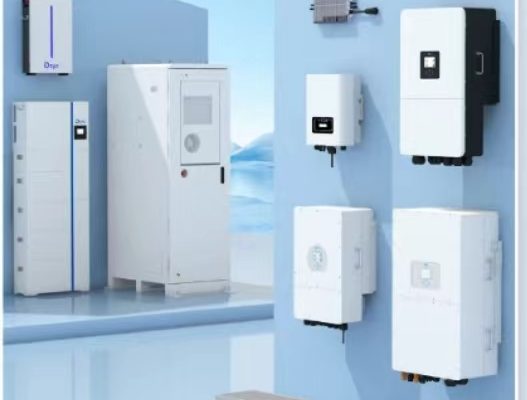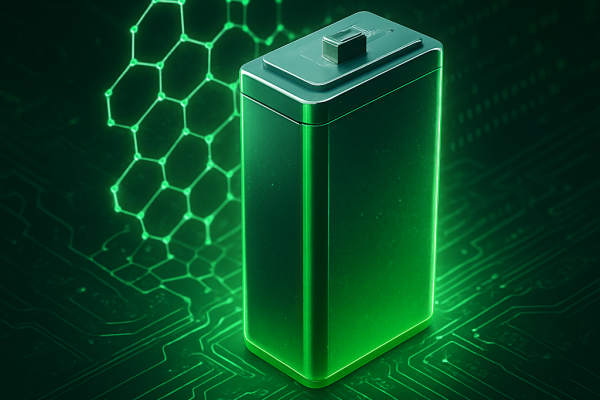Balancing Performance, Cost, and Reliability in Thermal Management
1. Why Cooling Matters in High-Efficiency Inverters
As inverters become smaller, more powerful, and more integrated, heat becomes a limiting factor. Especially in high-efficiency systems (above 96%), even a small amount of lost energy turns into heat that must be managed effectively.
Without proper thermal design, you risk:
- Reduced lifespan of power electronics
- Performance throttling under high ambient temperatures
- Unexpected shutdowns or failures
In small to mid-sized solar + storage projects (1kW to 50kW), choosing the right cooling method isn’t just technical—it’s a business-critical decision.
2. Common Cooling Technologies in Modern Inverters
Below we outline the most widely used cooling strategies in the industry today, especially for hybrid inverters, off-grid inverters, and battery inverters.
🔁 1. Natural Convection Cooling (Passive Cooling)
- How it works: Heat sinks + ventilation; no moving parts
- Used in: Low-power (<3kW) inverters, off-grid units
- Pros: Silent, low cost, high reliability
- Cons: Limited cooling capacity; sensitive to ambient air flow
✅ Best for: Remote/rural installs with no maintenance access
🌬 2. Forced Air Cooling (Active Cooling with Fans)
- How it works: Internal or external fans direct air across heat sinks
- Used in: Most 3kW–20kW grid-tied or hybrid inverters
- Pros: Cost-effective, compact design, effective up to moderate loads
- Cons: Fan noise, dust accumulation, moving parts may fail
✅ Best for: Indoor installs or clean environments with stable grid
💡 Tip: Look for inverters with smart fan control to adjust speed with load and temperature.
❄️ 3. Liquid Cooling (Closed-Loop Coolant System)
- How it works: Liquid coolant circulates to extract and dissipate heat
- Used in: High-power string inverters, industrial PCS (>30kW)
- Pros: High thermal efficiency, compact enclosure possible
- Cons: More expensive, requires maintenance and leak-proofing
✅ Best for: Industrial/commercial ESS in hot climates or enclosed rooms
💨 4. Hybrid Cooling (Air + Liquid + Heat Pipe)
- How it works: Combines heat pipe conduction with forced air or liquid
- Used in: Advanced ESS inverters with high-density packaging
- Pros: Excellent thermal control, scalable to compact designs
- Cons: More complex, higher cost
✅ Best for: Next-gen hybrid inverters in space-limited projects
3. Real-World Cooling Considerations in SME Projects
Cooling is not only a thermal engineering issue—it impacts real project outcomes:
| Consideration | Impact |
|---|---|
| Noise level | Fans may be unsuitable for homes or schools |
| Dust/humidity | Outdoor farm or desert environments clog fans |
| Maintenance access | Passive or sealed systems are better for remote sites |
| Ambient temperature | 40°C+ locations require more active cooling or derating |
| Mounting position | Wall-mounted inverters need vertical airflow design |
We help clients review datasheets, thermal curves, and even recommend IP-rated enclosures for fan-equipped units.
4. Example: 10kW Hybrid Inverter in a Desert Area
- Problem: Fan-based model was failing in sandy, hot conditions
- Solution: Replaced with passively cooled 10kW inverter + oversize aluminum heat sink
- Outcome: 15% cost increase, but avoided monthly service trips and customer complaints
- Lesson: Proper cooling selection = long-term project success
5. How We Support Thermal Design Matching
As a trade partner, you don’t need to be an engineer—we assist with:
- ✅ Thermal specs review for inverters in hot/cold climates
- ✅ Recommending fanless vs. fan models for indoor/outdoor installs
- ✅ Coordinating with cabinet or container suppliers for airflow
- ✅ Supporting custom cooling enclosures for hybrid kits
We simplify the complexity and ensure you deliver a system that works reliably under real-world field conditions.
6. Recently Published Articles You May Like
- 👉 Troubleshooting Common Inverter Failures in Field Applications
- 👉 Thermal Design for Small Storage Cabinets in Hot Climates
- 👉 Case Study: 5kWh + 3kW Hybrid Inverter for Rural Home
7. Conclusion: Cooling Is the Hidden Key to Reliable Inverter Performance
Choosing the right inverter is about more than just voltage and efficiency—thermal performance is mission-critical.
Whether you’re serving residential users, agricultural projects, or small factories, selecting inverters with the right cooling strategy will reduce failures, improve customer satisfaction, and support your long-term reputation as a reliable solution provider.
If you need help matching cooling solutions to your system—we’re here to assist.





